If I were to point out one feature or aspect of the smartphone that has been steadily progressing and improving, it would definitely be the camera. Every year, the performance of the smartphone camera becomes better than the previous year. The observation holds true for LG’s V-series as well, given that it has been continuously improving. But this year’s V40 is different. The South Korean giant has introduced five cameras in the V40 ThinQ, three at the back and two at the front, offering users ultra-wide, telephoto and front-facing portrait options.
Design and display
Similar to last year’s V30 Plus, the LG V40 ThinQ has an aluminium frame and glasses on both front and back, along with curved edges that make up for a clean look. While the display is protected by Corning Gorilla Glass 5, it’s not totally scratch proof. Further, the smartphone is IP68 certified for dust and water resistance and is also shock resistant (MIL-STD-810G). Despite packing two cameras at the front, the notch on the LG V40 ThinQ is surprisingly small as compared to those on other phones.
The V40 ThinQ’s 6.4-inch screen is similar in size to the OnePlus 6T and Samsung’s Note 9, but the presence of a notch at the top and small bezel at the bottom make the V40 ThinQ relatively small in size than the Note 9. Weighing 169 grams, the V40 ThinQ is lighter than the Note 9 (201 grams) and the iPhone XS (177 grams), which makes it easy to hold for longer periods.
Performance
The LG V40 ThinQ runs on the same Snapdragon 845 processor that powers almost all flagships that were launched in 2018. Here, it’s paired with 6GB of RAM and 128GB of storage. There’s a movable/collapsible toolbar that provides access to app shortcuts and call notifications – LG calls it the Floating Bar. The Floating Bar can be customised to have up to five apps for easy access. When not needed, the Floating Bar can be dragged off to the side so it doesn’t take up any screen space.
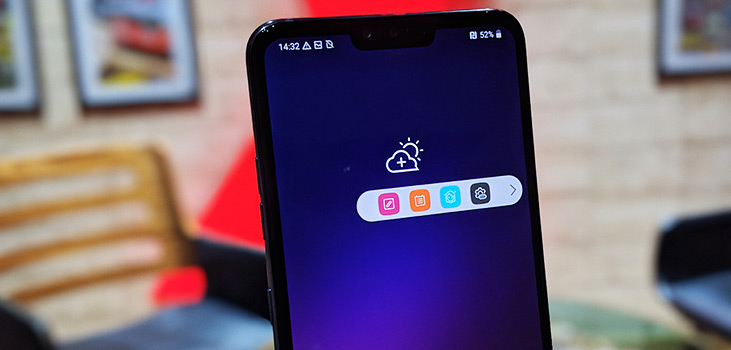
The smartphone runs LG UX 7.1 on top of Android 8.1 Oreo. While Google has released Android 9 Pie and most of the flagship smartphones are shipping with it, it’s disappointing to see LG using outdated Android Oreo in the V40 ThinQ. Also, the company hasn’t announced when it will roll out Android 9 Pie.
Although outdated, the user interface is easy and smooth to navigate. There’s also a dedicated button on the left side of the device to launch the Google Assistant. A single tap fires up the Google Assistant, and a double tap opens Google Lens, which provides useful information, links and other instant details using visual analysis. You can also disable the Google Assistant button from the settings, but you can’t configure it to do something else.
The V40 ThinQ’s single Boombox speaker is surprisingly loud for a smartphone and gets even louder when the phone is placed on a table. To further enhance the multimedia performance, the LG V40 ThinQ packs Quad DAC (digital-to-analogue converter). It’s four presets mix and match sound frequencies and decibel scales to produce a quality of audio usually found in professional earphones.
The rear camera set-up on V40 ThinQ includes a 12MP with f/1.5 aperture and optical image stabilisation, a 16MP super wide camera with f/1.9 aperture and a 12MP telephoto camera with f/2.4 aperture. That third lens offers a 2x optical zoom. The dual front camera has an 8MP primary camera with f/1.9 aperture and a secondary 5MP wide-angle camera with f/2.2 aperture. Many manufacturers use either a wide angle or telephoto with the main camera, but it’s interesting to see that LG has included both.
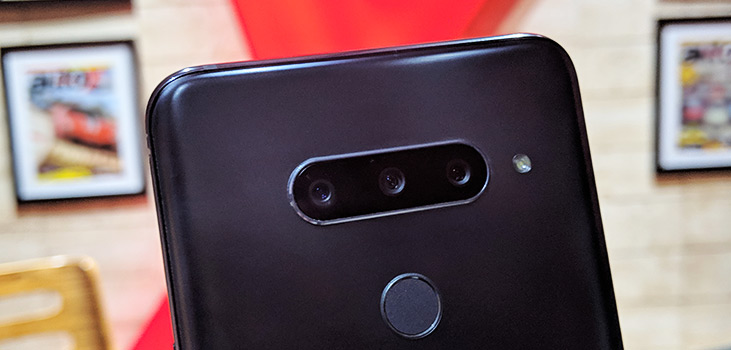
All these sensors together make the camera of the V40 ThinQ one of the best versatile cameras available today in smartphones. From clicking standard images to capturing expansive landscapes with the ultra-wide lenses and close up portraits, the LG V40 ThinQ allows you to do everything in just a few taps.
The company has also intelligently designed the camera app to make the most of the three cameras. A long press on the different zoom buttons reveals a thumbnail of each lens’s field of view, so you can easily see what the other cameras can capture before you take a snap.
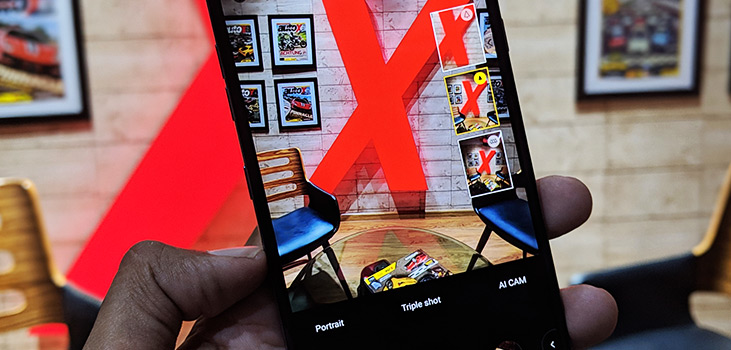
It also has Triple Shot mode that captures 3 shots (standard, wide and tele) and creates a short video with a single touch. The selfies coming out are good, and you can also adjust the bokeh after you had taken an image.

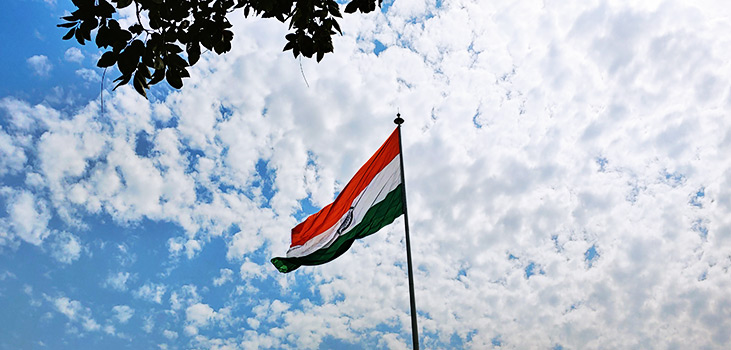
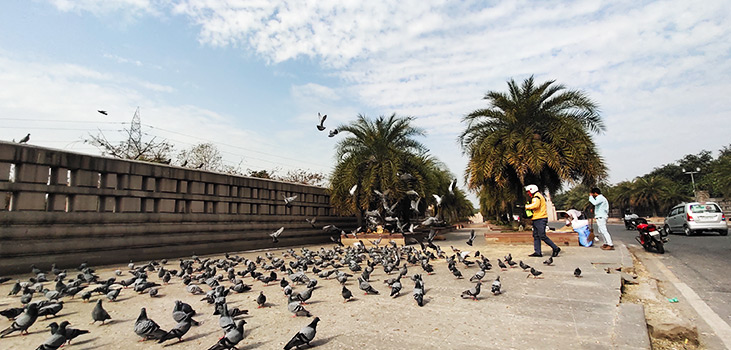
The LG V40 ThinQ images seem oversaturated and don’t have much dynamic range as I’d hoped. Overall, the images captured by the V40 ThinQ are good but they don’t match up to Pixel 3XL, Huawei Mate 20 Pro or Huawei P30 Pro in terms of detail and image processing.
Conclusion
With fast performance, great battery life and a fabulous display, the LG V40 ThinQ is a definite improvement over the V30 Plus and G7+ThinQ. Also, it differentiates itself from other smartphones with its unique camera system. Overall, it offers good value for money.
Pros
Camera setup, quad DAC
Cons
Android 8.1
